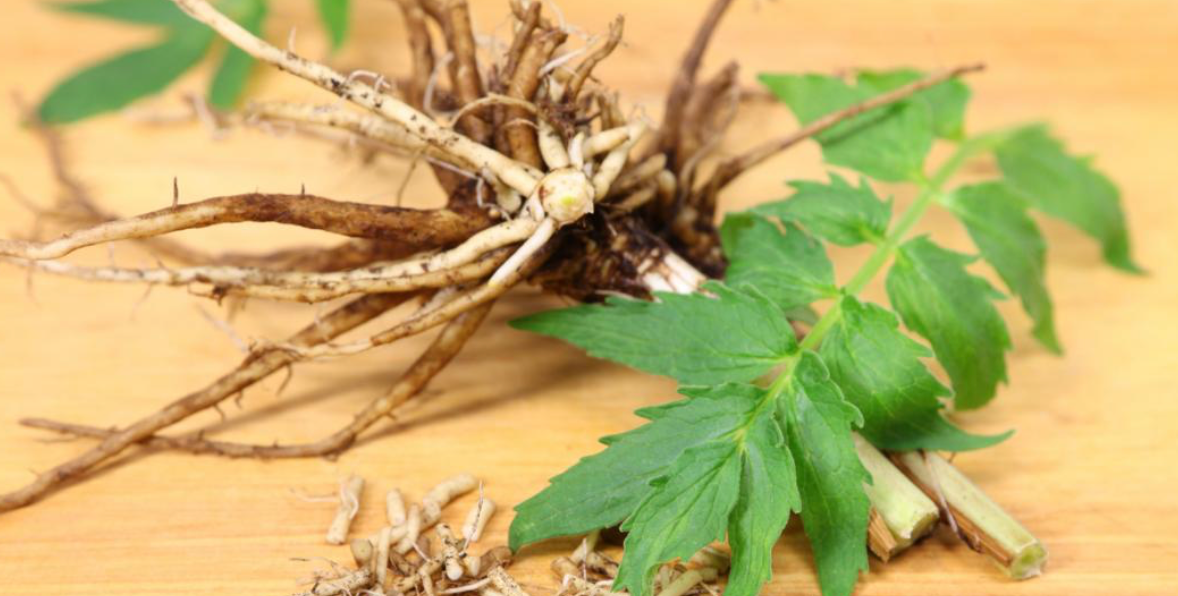
The youngest leaves are collected by hand once a year in the early spring. Approximately four weeks prior to harvest the tea bushes are shaded by mats. Shade helps the leaves become softer, tenderer, and juicier and the tea steeped from them has a sweetness, a rich emerald color, and a unique flavor. Shade growing also significantly increases the amino acid content, theanine and caffeine in particular.
Catechin, a phenol that gives tea bitterness, decreases. The young leaves are then steamed to prevent oxidation and dried and ground by special granite millstones to an emerald green powder. The stone wheel rotates slowly to prevent destroying the chlorophyll, amino acids, and vitamins.
This method of manufacture was invented in the 17th Century and is still used today. The more time and care spent on the preparation of the leaves the better their quality.




